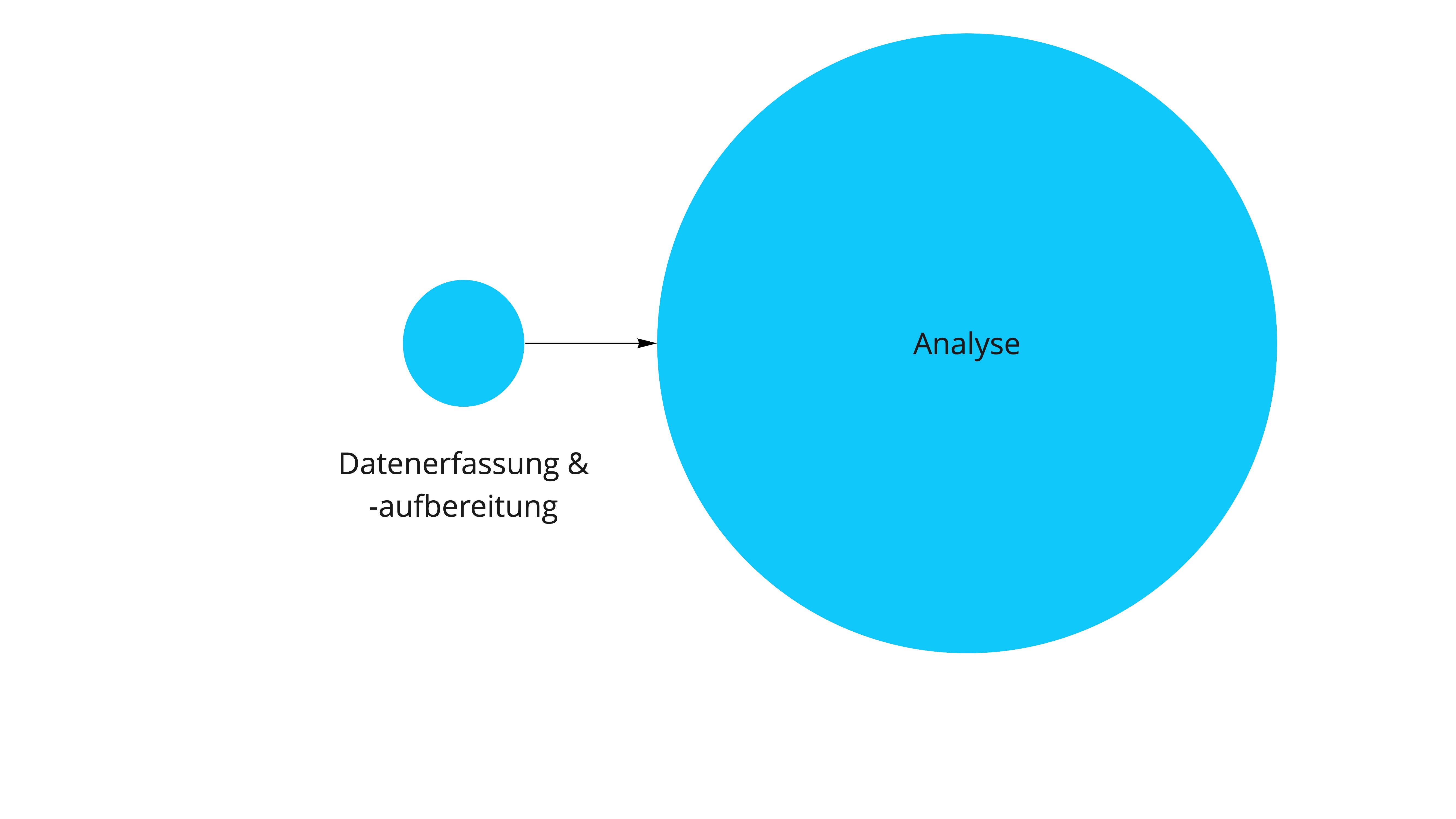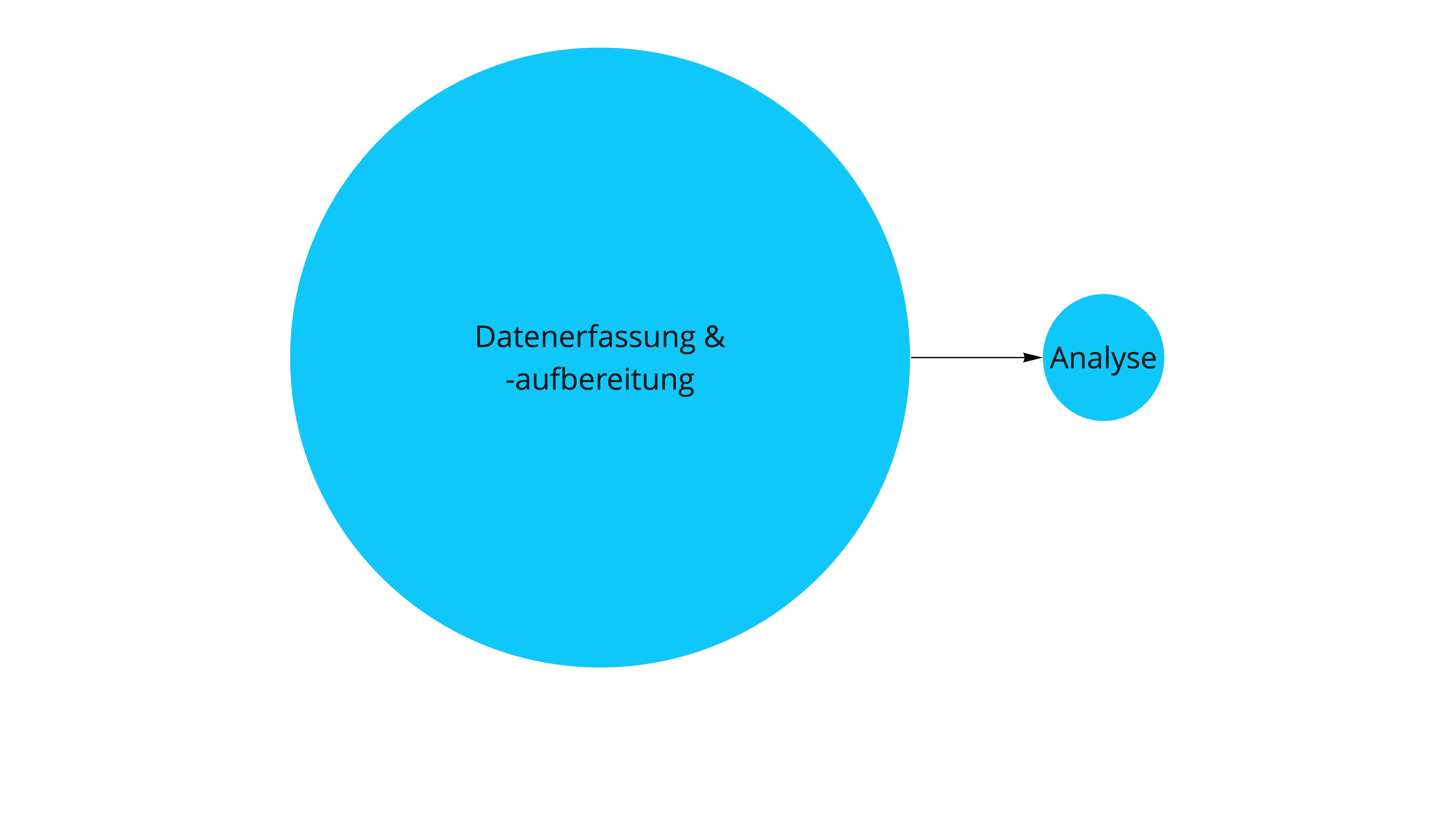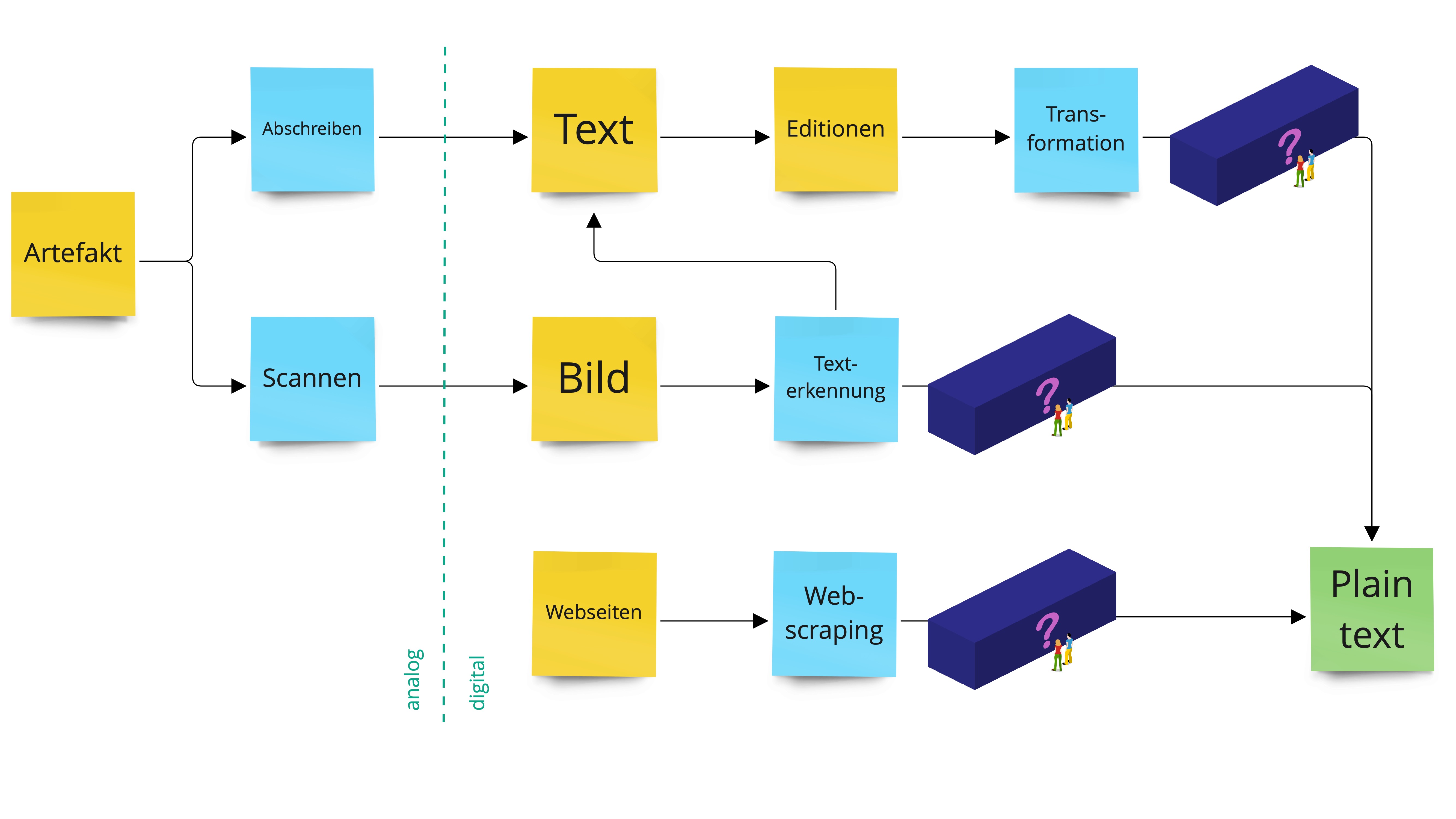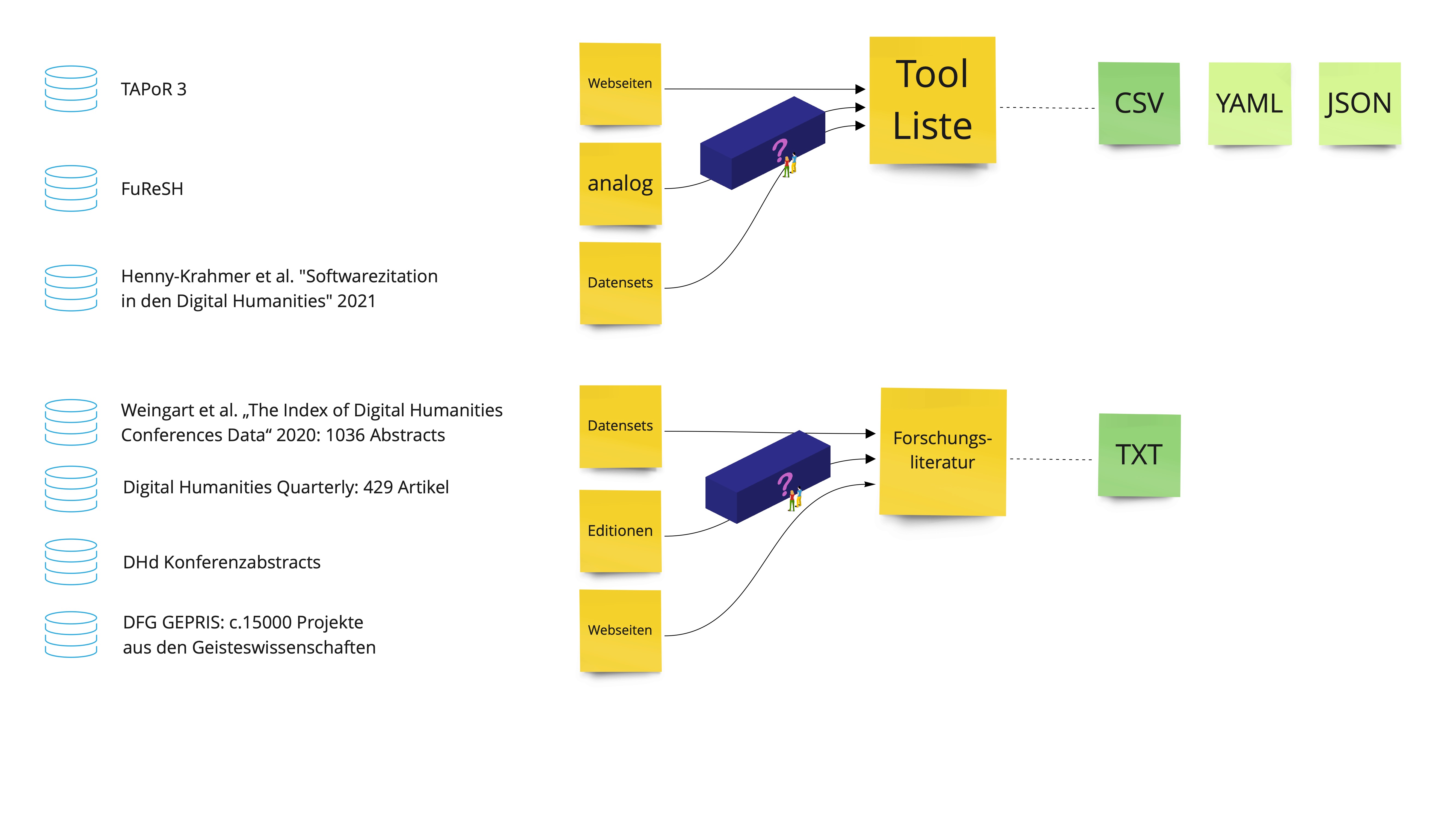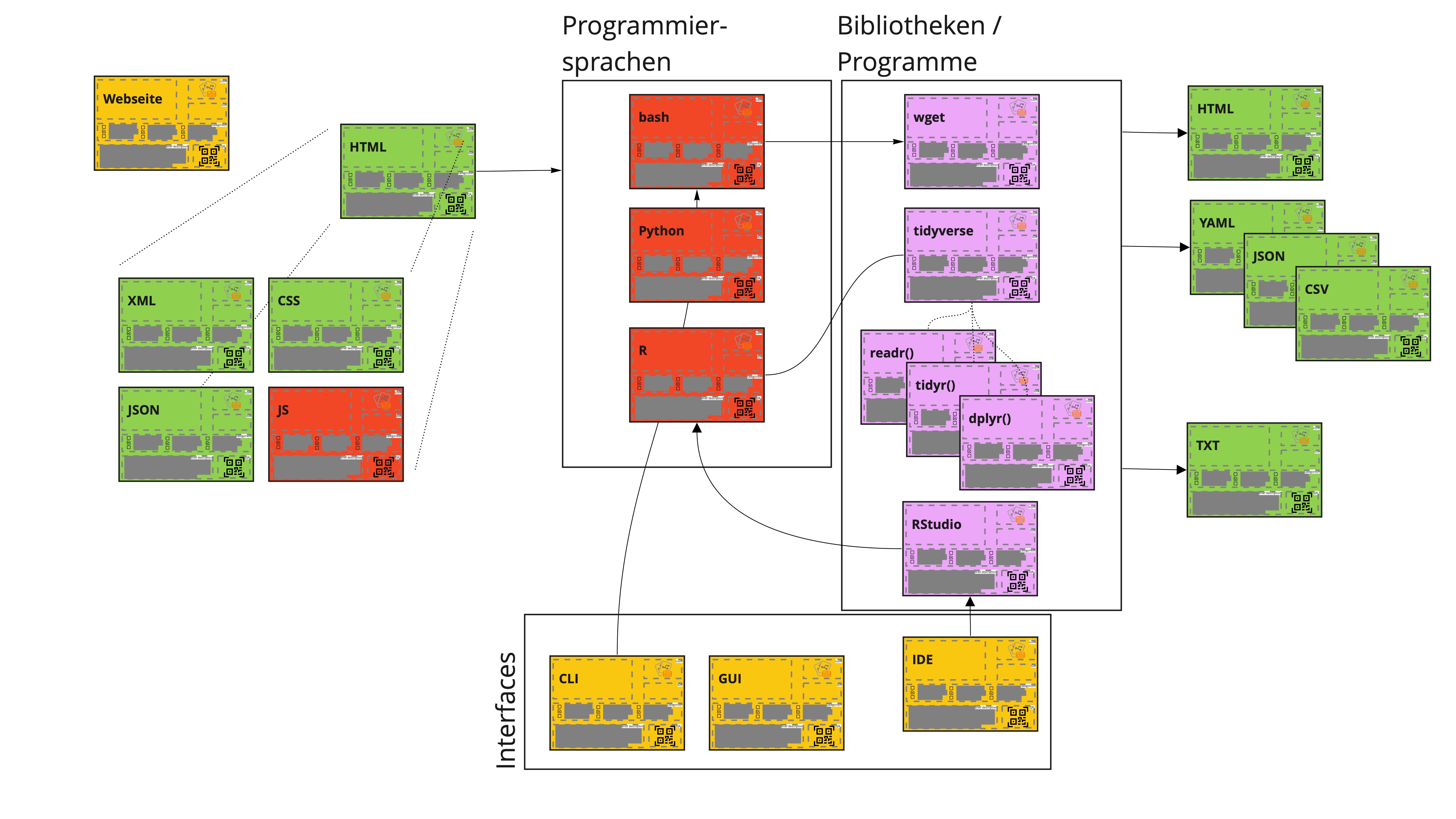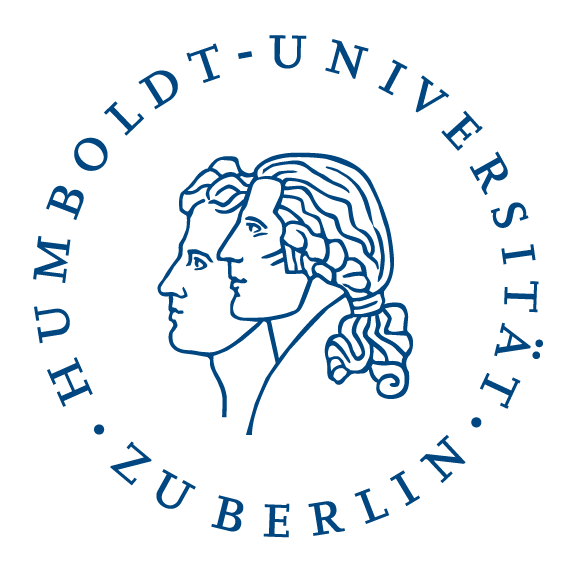

Till Grallert, Sophie Eckenstaler, Samantha Tirtohusodo
Humboldt-Universität zu Berlin, Universitätsbibliothek, Grimm-Zentrum
DFG-Projekt “Future e-Research Support in the Humanities” (2022–25)
Wir bauen im Rahmen des DFG-Projekts “Future e-Research Support in the Humanities” an der Universitätsbibliothek der Humboldt-Universität zu Berlin unter Beteiligung der Lehrstühle für Digital History (Inst.f. Geschichtswissenschaften) und Information Processing and Analytics (Inst.f. Bibliotheks- und Informationswissenschaften) einen prototypischen Scholarly Makerspace zur Förderung digitaler und computationaler Werkzeugkompetenz (tool literacy) in den Geistes- und Kulturwissenschaften auf (2022–25).
The term black box […] is a device or system that, for convenience, is described solely in terms of its inputs and outputs. One need not understand anything about what goes on inside such black boxes. One simply brackets them as instruments that perform certain valuable functions. (Winner „Upon opening the black box“ 1993, 365)
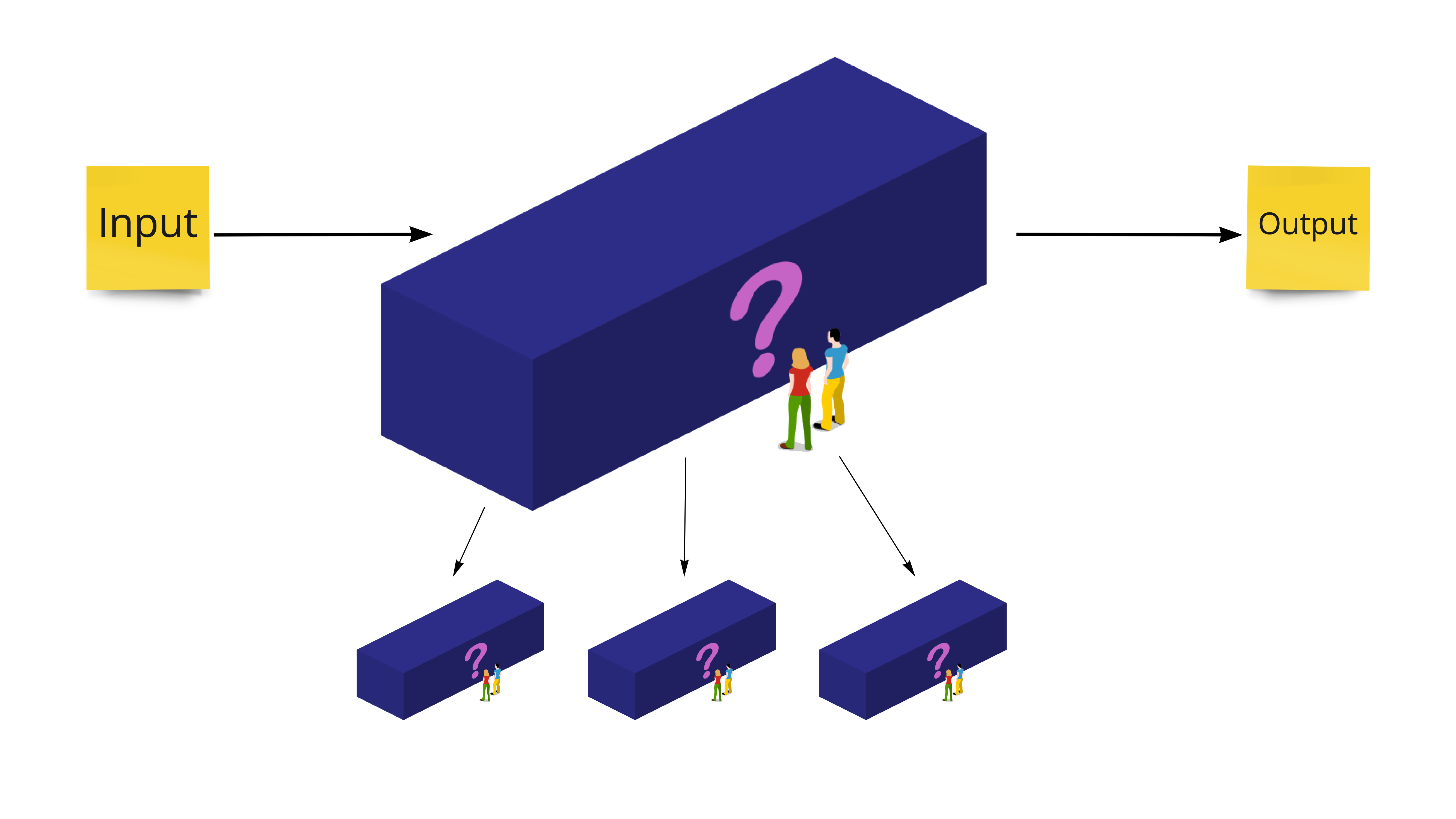
Das Haus ist gebaut aus den Steinen, die vorhanden waren (Brecht „Schlechte Zeiten“ 1967).
Im Sinne des minimal computing ist das Spannungsfeld aus “was brauchen wir?” und “was haben wir?” handlungsleitend. (Gil und Ortega „Global Outlooks in Digital Humanities“ 2016)

flowchart LR
%% nodes
software{Software}
hardware[Hardware]
method((Verfahren))
theory(Theorien)
format[Formate]
language{{Sprachen}}
concept(Konzepte)
%% edges: note that the layout does not imply hierarchies
theory -->|informiert| method
method -->|wird umgesetzt\ndurch| software
method & format & language & software -.->|benutzen| concept
software -->|benötigt| hardware
software -->|geschrieben in| language
software -->|benötigt zur\nInteraktion| language
software -->|liest| format
software -->|schreibt| format
%% classes
classDef software fill:#ECA7F9
classDef language fill:#F24726
classDef concept fill:#F9C710
classDef format fill:#8BCA4B
classDef method fill:#00dada
class method method
class software software
class concept concept
class format format
class language language
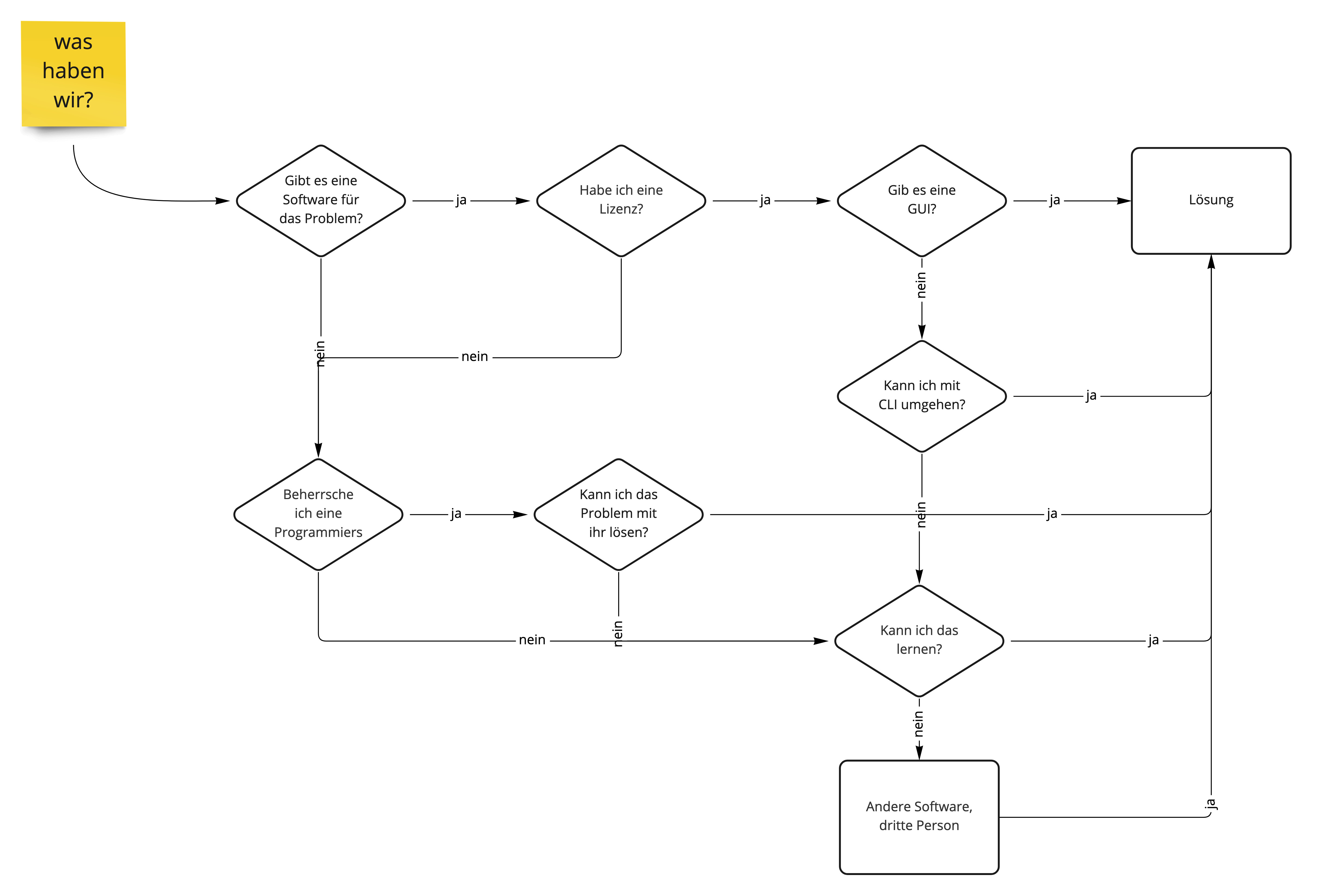
Wir bauen einen Scholarly Makerspace auf und wollen eine Liste von Werkzeugen kuratieren, die auf der Häufigkeit ihrer Benutzung in der Forschung beruht (Unsere eigene User Story).
| term | freq | freq.rel |
|---|---|---|
| R | 259 | 1 |
| TEI | 155 | 0.6 |
| internet | 134 | 0.52 |
| NLP | 118 | 0.46 |
| XML | 117 | 0.45 |
| GitHub | 98 | 0.38 |
| API | 88 | 0.34 |
| OA | 77 | 0.3 |
| ML | 76 | 0.29 |
| GIS | 70 | 0.27 |
| topic modeling | 67 | 0.26 |
| LOD | 66 | 0.25 |
| Python | 66 | 0.25 |
| OCR | 64 | 0.25 |
| network analysis | 62 | 0.24 |
Wir bauen einen Scholarly Makerspace auf und wollen eine Liste von Werkzeugen kuratieren, die auf der Häufigkeit ihrer Benutzung in der Forschung beruht (Unsere eigene User Story).
| term | freq | freq.rel |
|---|---|---|
| R | 259 | 1 |
| TEI | 155 | 0.6 |
| Internet | 134 | 0.52 |
| NLP | 118 | 0.46 |
| XML | 117 | 0.45 |
| GitHub | 98 | 0.38 |
| API | 88 | 0.34 |
| OA | 77 | 0.3 |
| ML | 76 | 0.29 |
| GIS | 70 | 0.27 |
| Topic Modeling | 67 | 0.26 |
| LOD | 66 | 0.25 |
| Python | 66 | 0.25 |
| OCR | 64 | 0.25 |
| network analysis | 62 | 0.24 |
| distant reading | 50 | 0.19 |
| RDF | 50 | 0.19 |
| NER | 48 | 0.19 |
| text mining | 38 | 0.15 |
| LDA | 37 | 0.14 |
| term | freq | freq.rel |
|---|---|---|
| TEI | 138 | 1 |
| XML | 105 | 0.76 |
| R | 84 | 0.61 |
| OA | 65 | 0.47 |
| distant reading | 53 | 0.38 |
| GitHub | 50 | 0.36 |
| API | 47 | 0.34 |
| ML | 44 | 0.32 |
| GIS | 43 | 0.31 |
| NLP | 40 | 0.29 |
| OCR | 39 | 0.28 |
| RDF | 36 | 0.26 |
| text mining | 36 | 0.26 |
| Python | 34 | 0.25 |
| Java | 31 | 0.22 |
| network analysis | 30 | 0.22 |
| Topic Modeling | 30 | 0.22 |
| JS | 27 | 0.2 |
| NER | 19 | 0.14 |
| MySQL | 18 | 0.13 |
| term | freq | freq.rel |
|---|---|---|
| OA | 115 | 1 |
| R | 83 | 0.72 |
| GIS | 67 | 0.58 |
| XML | 59 | 0.51 |
| TEI | 51 | 0.44 |
| OCR | 28 | 0.24 |
| LOD | 18 | 0.16 |
| P5 | 17 | 0.15 |
| NLP | 15 | 0.13 |
| FAIR | 12 | 0.1 |
| ML | 11 | 0.1 |
| IIIF | 9 | 0.08 |
| Java | 9 | 0.08 |
| METS | 9 | 0.08 |
| WWW | 9 | 0.08 |
| Tableau | 8 | 0.07 |
| FuD | 7 | 0.06 |
| MEI | 7 | 0.06 |
| ANNIS | 6 | 0.05 |
| API | 6 | 0.05 |
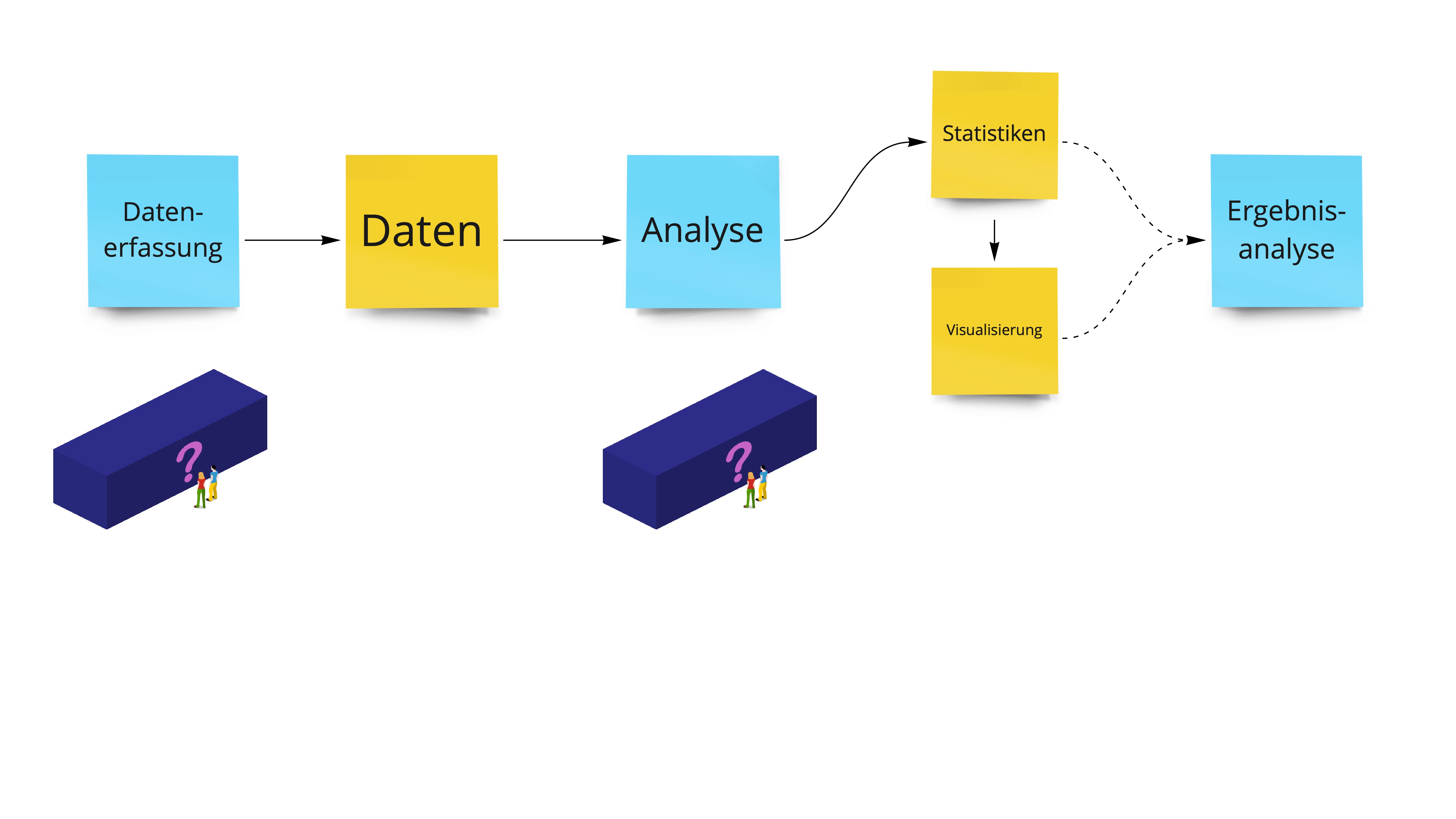
[Diese Prozesse sind alle von rechts nach links zu lesen. Die Forschungsfrage bestimmt Methode und benötigte Datengrundlage]
